How Much Storage Do You Need to Backup iPhone?
Wondering how much space you need to backup your iPhone? That’s a tricky question, especially as we store more photos, videos, and app data on our devices. In this article we explain how to estimate required storage and provide easy steps to manage your backup storage, helping you keep your important data safe without filling up your iCloud.
How Much Storage Do You Need to Backup iPhone?
Backing up your iPhone is essential for safeguarding your data, but it often raises the question: how much space do I need to backup my iPhone? The size of a backup can vary significantly from 2 GB up to 100GB based on several factors, which include the amount of app data, photos, and videos stored on your device.
- App Data: The apps installed on your iPhone can contribute significantly to the size of your backup, especially if these apps store large amounts of data.
- Photos and Videos: High-resolution photos and videos take up a considerable amount of space. The more media you have, the larger your backup will be.
- Device Settings and Other Data: This includes your messages, emails, contacts, calendar events, and other device settings.
To estimate how much storage is needed to back up an iPhone, you can check the current size of your iPhone backup in the iCloud settings or iTunes. This gives you a baseline, but remember, as you add more data to your device, your backup size will increase.
Regarding iCloud backups, Apple provides 5GB of free iCloud storage, which may not be sufficient for a full iPhone backup. You might need to purchase additional storage or manage your backup size by selecting what to back up.
How to Make Space for iPhone Backup?
When it comes to making sure you have enough space for an iPhone backup in iCloud, there are 3 main ways to do so.
Reduce the Size of Your iCloud Backup
Managing your iCloud backup efficiently can significantly reduce the storage space required. Here’s a step-by-step guide:
- Manage iCloud Data: Access Settings > [your name] > iCloud > Manage Account Storage. Here, you’ll see a list of apps with their respective storage sizes. Deleting data for non-essential apps can save considerable space.
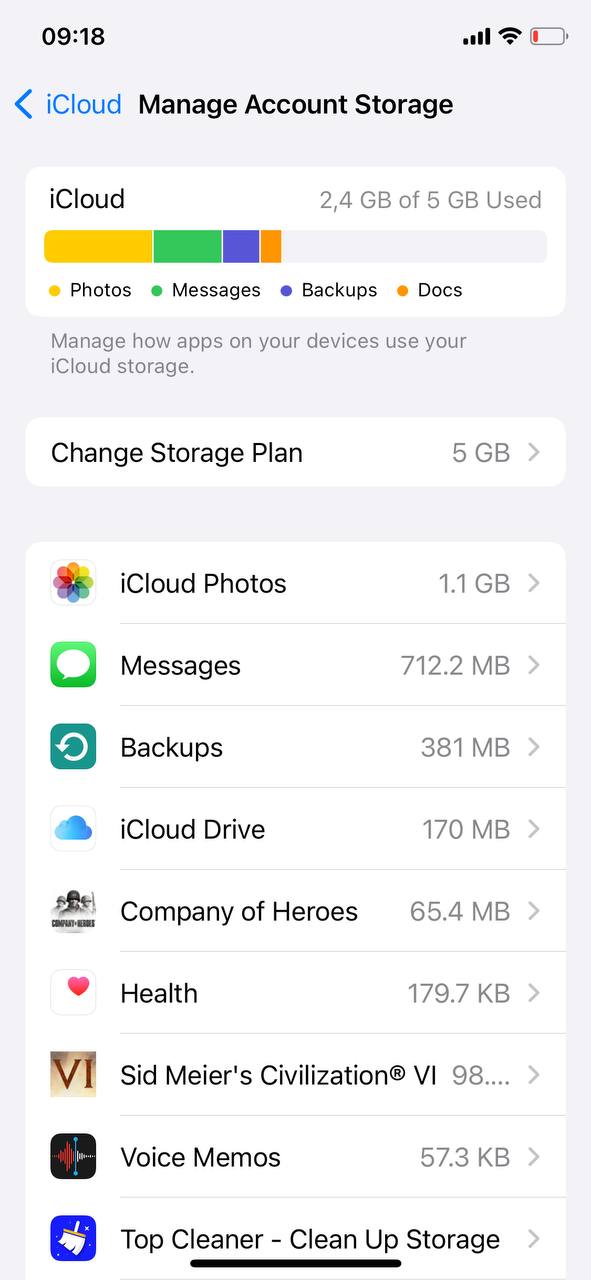
- Disable Unnecessary Backups: Consider turning off backups for data-heavy services like Messages by navigating to Settings > [your name] > iCloud and toggling off the backup option for Messages.
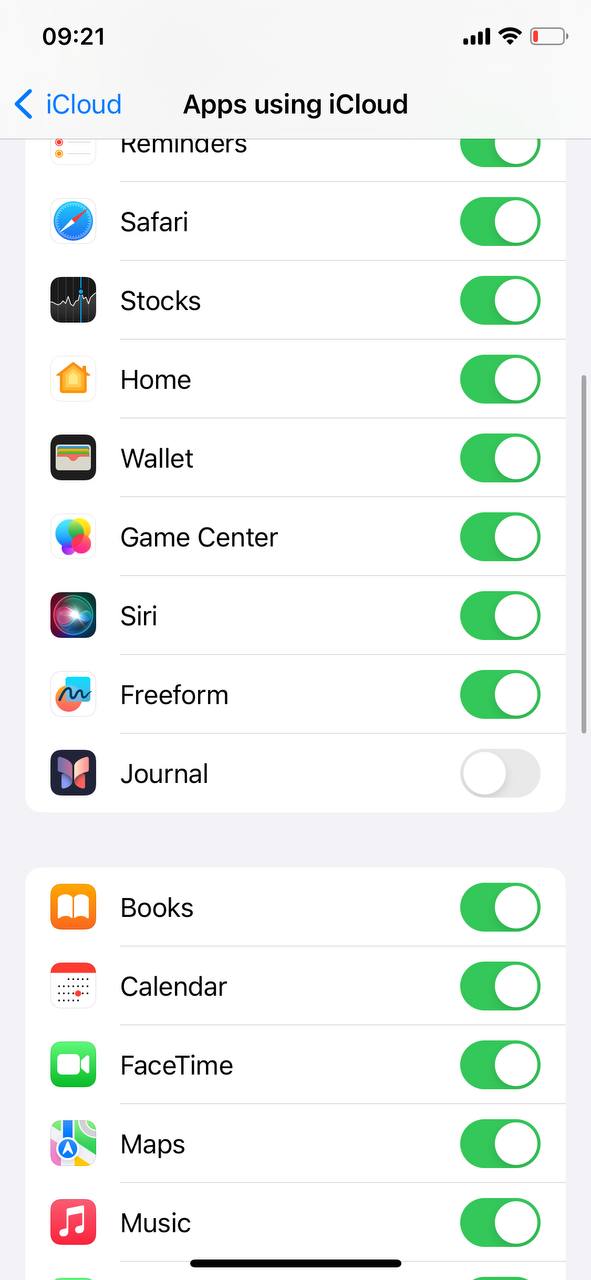
- Clean Up Voice Memos: Review and delete any unnecessary voice memos, either directly in the Voice Memos app or through iCloud Drive, to free up more space.
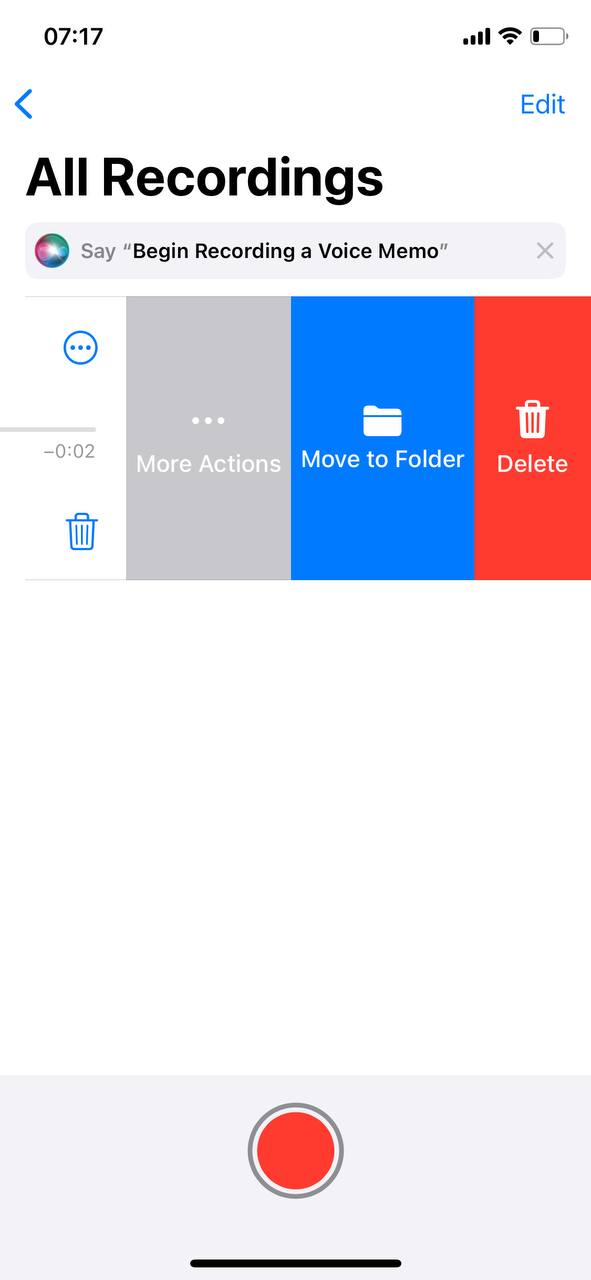
Each of these steps helps in reducing the amount of iCloud storage required for backups, ensuring that only essential data is saved.
Delete Other iCloud Data
- Manage iCloud Drive: Navigate to iCloud Drive to identify and remove files or folders that are no longer needed. This can significantly reduce your iCloud storage usage.
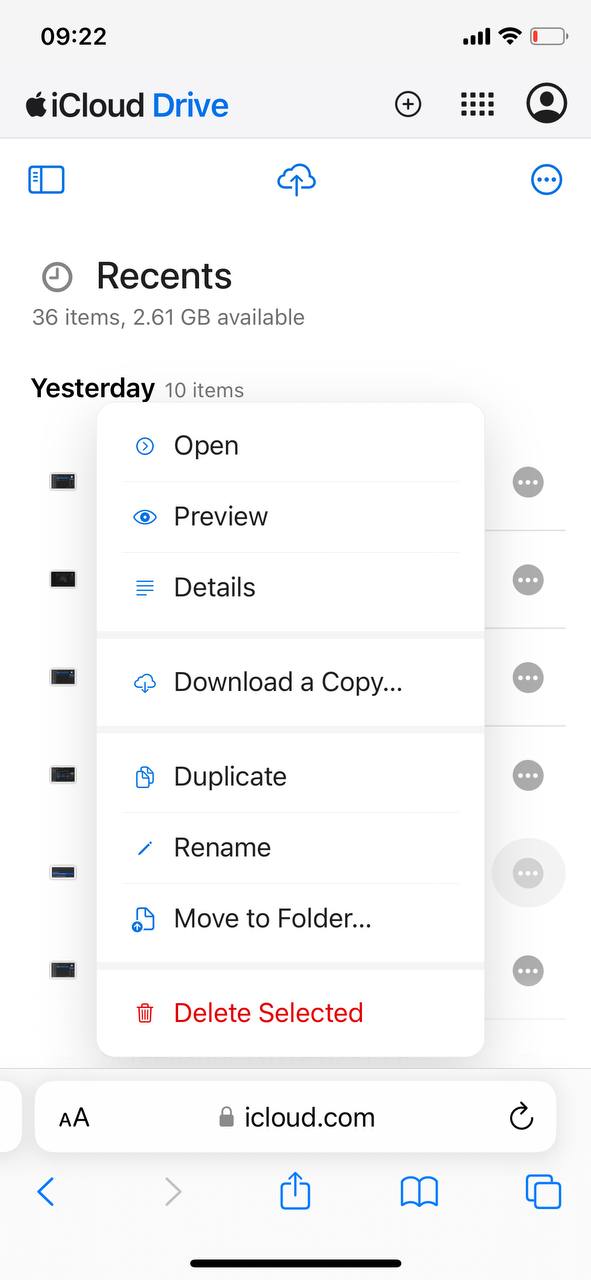
- Clean Up Emails: Examine your iCloud email for old or large emails, especially those with attachments, and delete them to free up space.
- Clear Safari Data: Go to Settings > Safari and select Clear History and Website Data to remove cached data and cookies, freeing up iCloud space used by Safari.
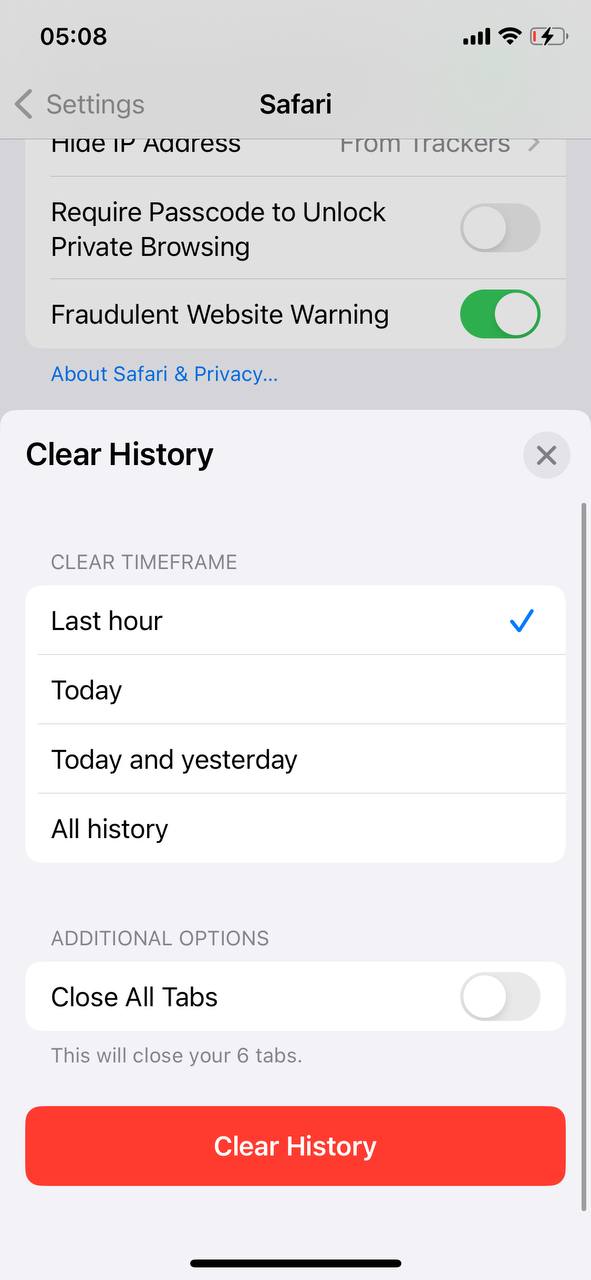
Each step targets different types of data within iCloud, ensuring a comprehensive cleanup of your storage.
3. Upgrade Your iCloud Storage Plan
If after managing your storage you still need more space, consider upgrading your iCloud storage plan:
- Access iCloud Settings: On your iPhone, go to Settings > [your name] > iCloud > Manage Account Storage.
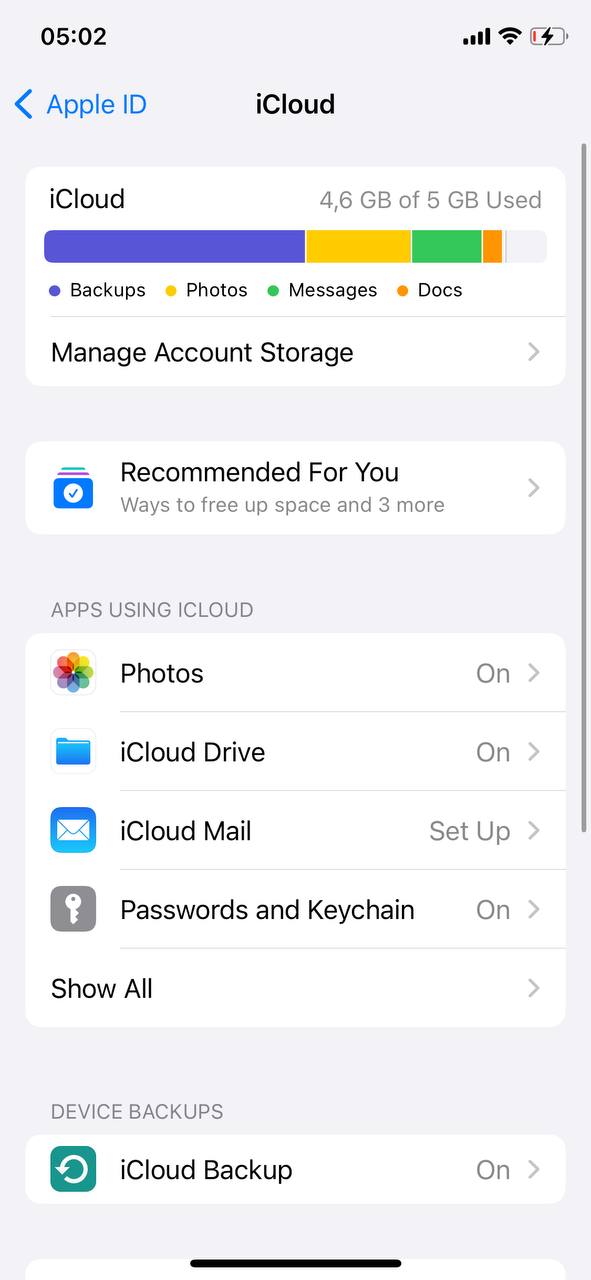
- Choose a Plan: Select Buy More Storage or Change Storage Plan to view available options. Apple offers various plans to suit different needs.
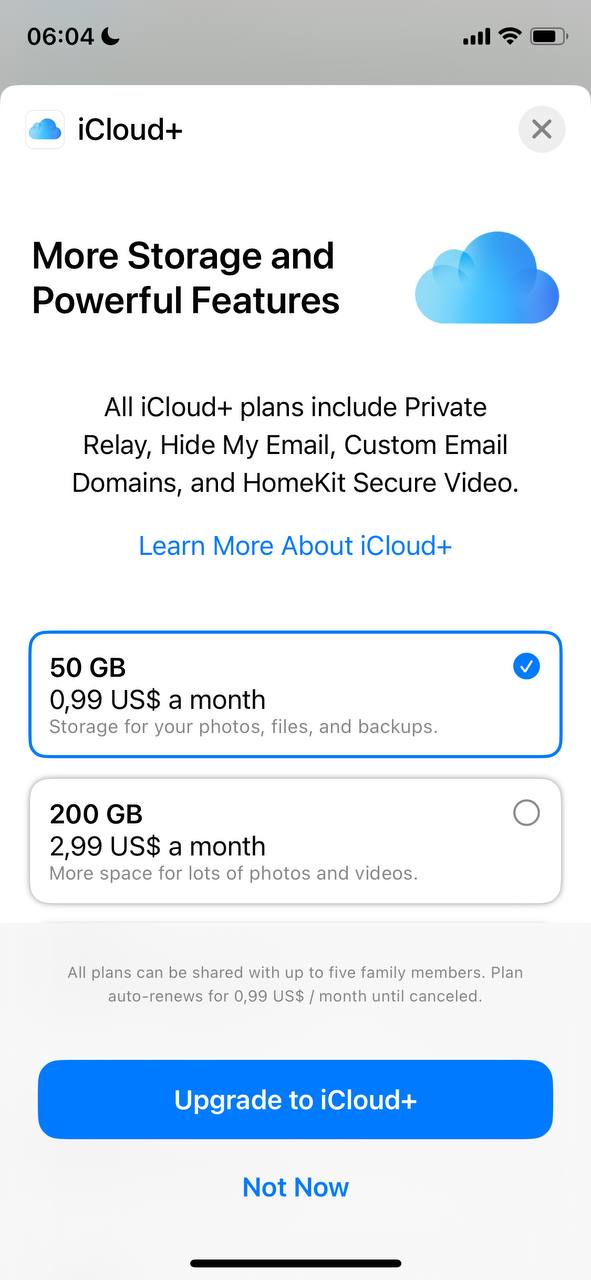
- Purchase the Plan: After choosing a plan, follow the onscreen instructions to make the purchase. The new storage will be available immediately.
This upgrade can provide the additional space needed for backups, photos, and other data stored in iCloud.
Understanding how much space is needed to backup your iPhone can also guide you in making informed decisions about subscription plans if you decide to purchase additional iCloud storage.
Alternative Backup Options
Exploring alternative backup solutions to iCloud can offer flexibility and security for your iPhone data, considering the storage needs:
Finder Backup
Backing up via Finder stores your data on your computer, providing a local solution. This method can be particularly useful when dealing with large amounts of data, as it’s only limited by your computer’s storage capacity.
- Connect Your iPhone: Use a USB cable to connect your iPhone to your Mac.
- Open Finder: On your Mac, open a new Finder window.

- Select Your Device: In Finder, locate your iPhone listed under “Locations” and click on it.
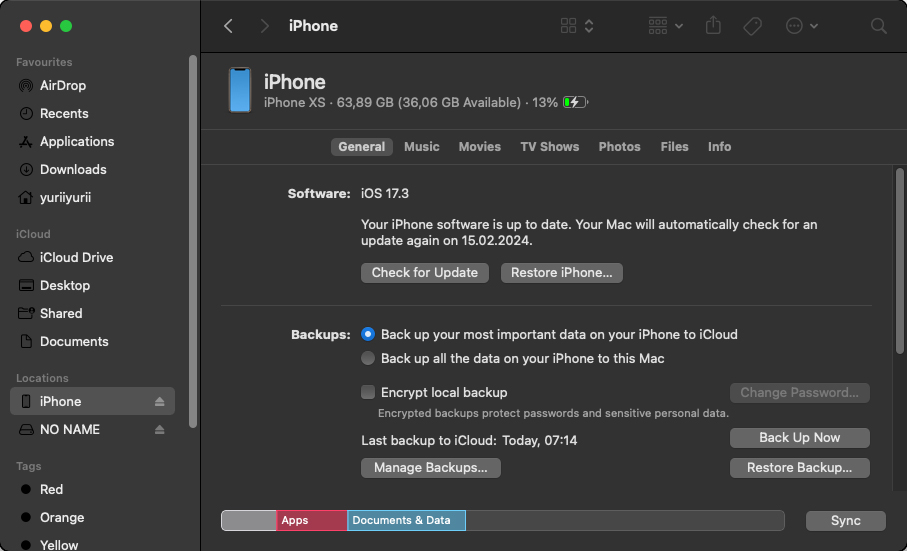
- Start the Backup: Under the “General” tab, click “Back Up Now” to begin the backup process to your Mac.
Third-Party Software
Several reputable third-party applications offer robust backup solutions, often with additional features like selective backup and backup browsing. These tools can be a great alternative, especially for users who need more control over their backups or who prefer not to use iCloud or iTunes. We recomend to start your search with these apps:
- IDrive: IDrive offers a cloud-based backup solution ideal for users needing to manage large files without relying on physical storage. The service is compatible with iOS 13.0 or later and provides various storage plans to accommodate different user needs. While IDrive is appreciated for its functionality, some users have noted the need for improved customer service communication.
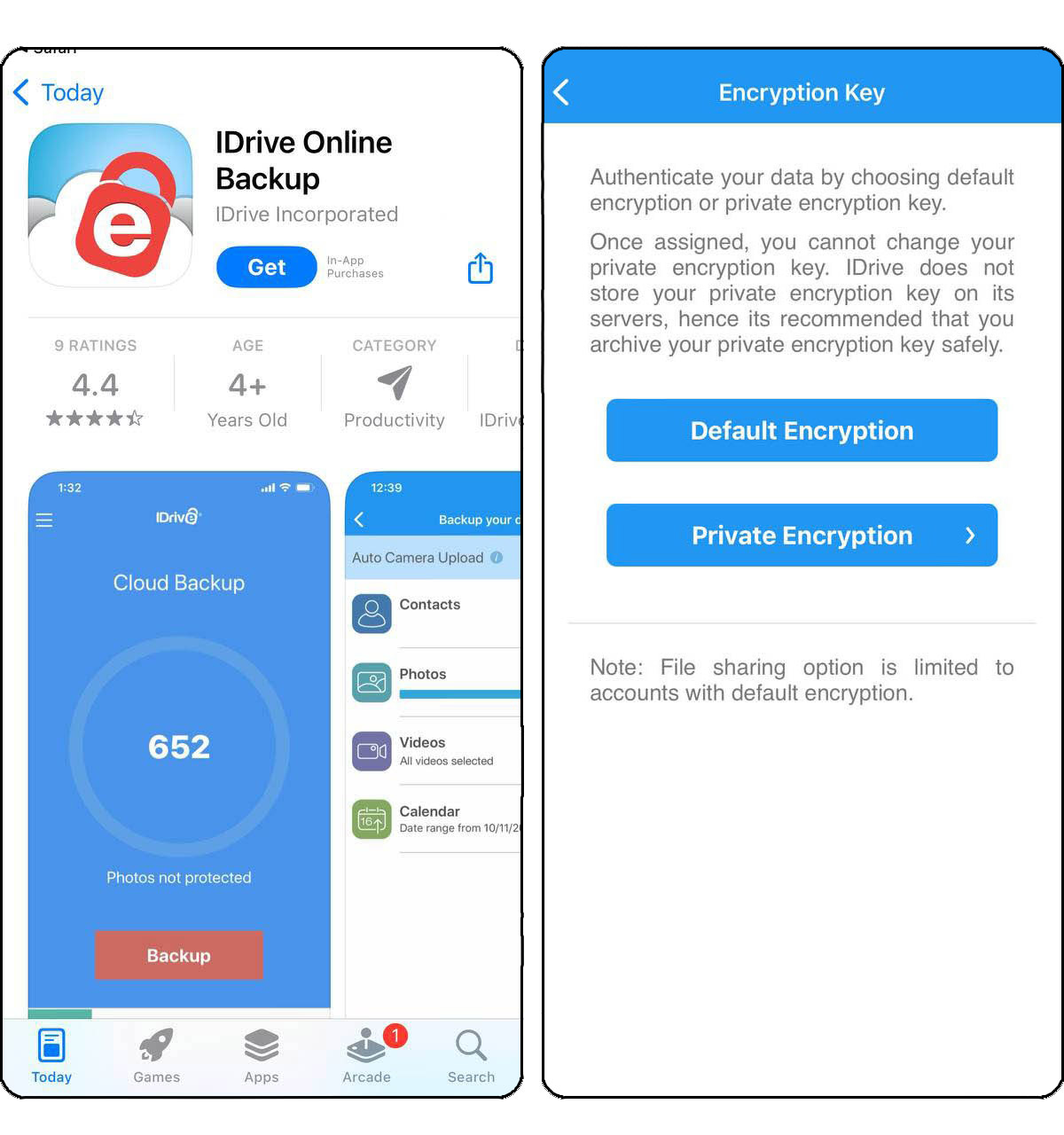
- iMazing: iMazing provides a solution for backing up a wide range of file types from your iPhone to a computer. It stands out for features like automatic backup scheduling, backup encryption, and the ability to archive backups to prevent data loss. iMazing also supports customized data restoration and efficient data transfer between devices, making it a versatile tool for iPhone data management.
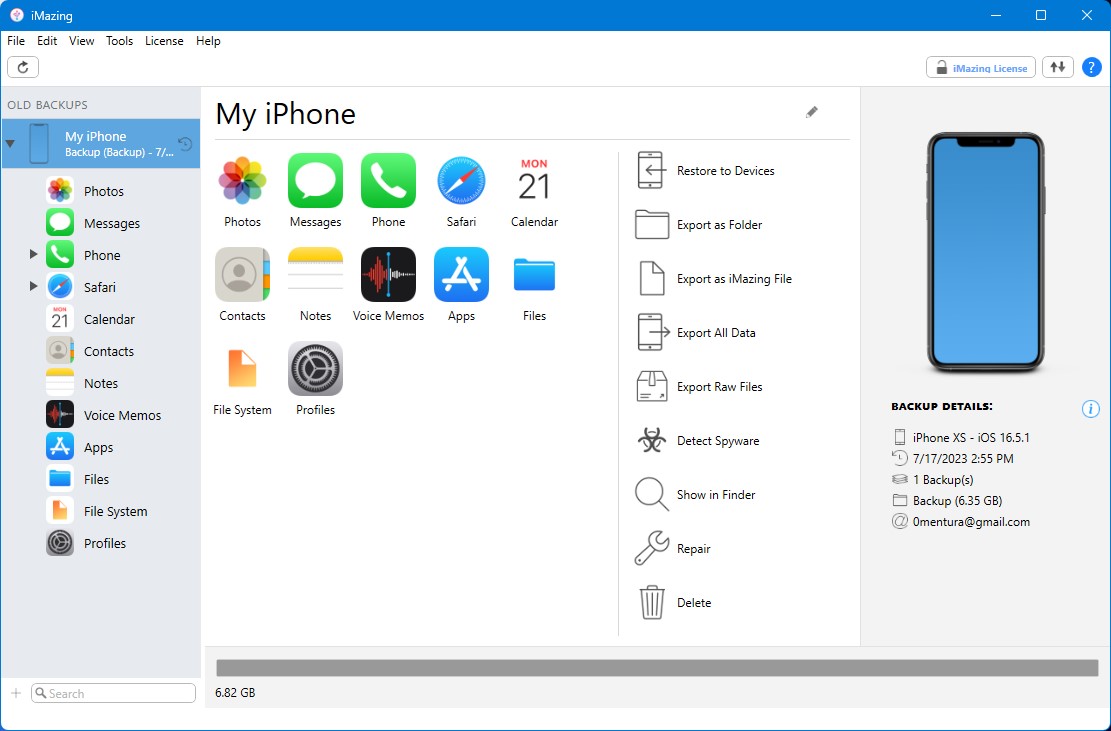
Both alternative backup options offer unique advantages for iPhone backup solutions beyond iCloud, catering to various user preferences and needs.
Conclusion
To wrap up, keeping your iPhone backed up doesn’t have to be hard. By understanding what takes up space in your backup and using tips to keep it small, you can protect your data without paying extra for storage. You can choose from optimizing iCloud, backing up to your computer with Finder, or trying out apps like IDrive and iMazing for more control. Keeping an eye on your backup space and cleaning it out regularly can help you avoid running out of room. If you need more help, check out Apple’s support site or look up tech tips online for more advice on keeping your backup in check.











